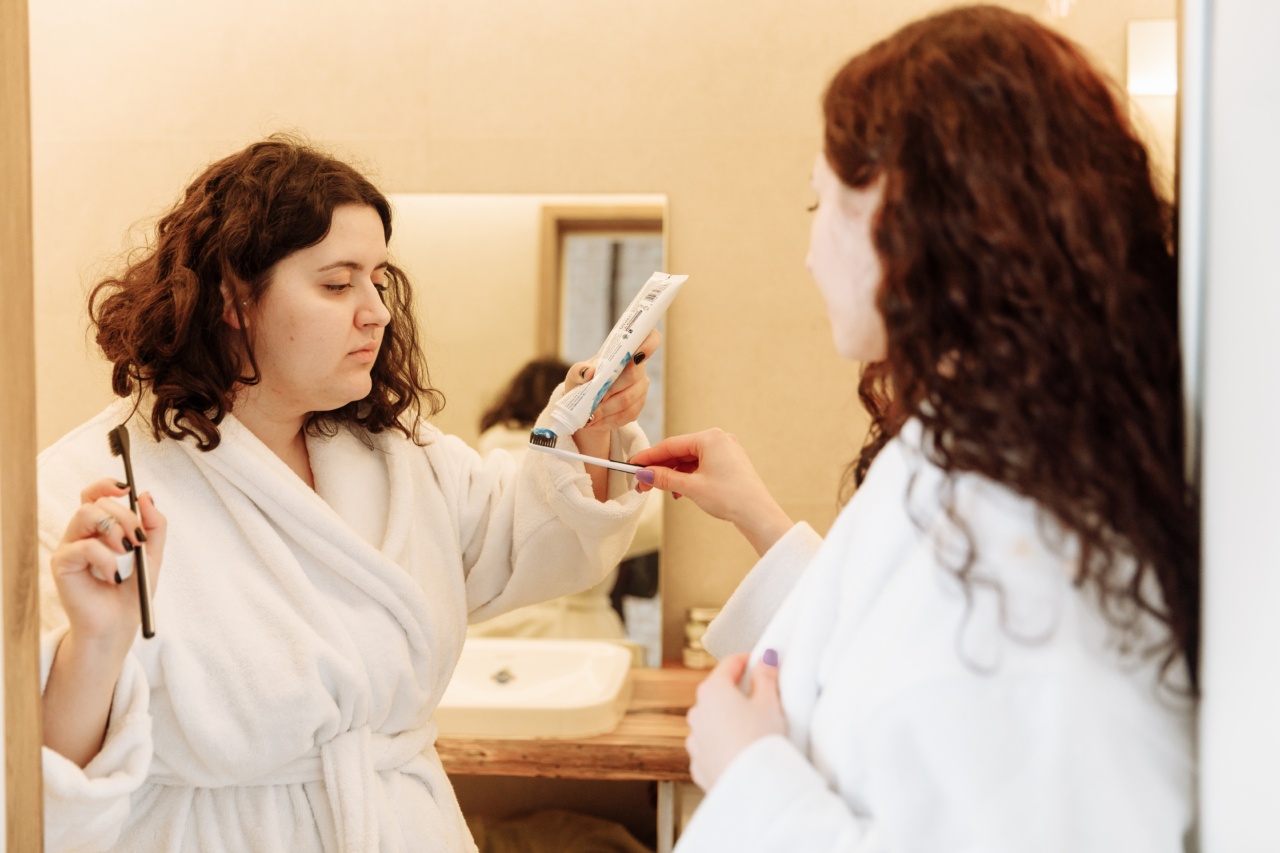Brushing your teeth is an essential part of maintaining good oral hygiene. However, many people underestimate the importance of brushing correctly. It’s not just about scrubbing your teeth vigorously; there’s a proper technique to follow.
In this video tutorial, we will walk you through the steps of brushing your teeth the right way.
Gather the Necessary Tools
Before we begin, make sure you have the right tools for brushing your teeth. You will need a toothbrush with soft bristles, toothpaste, and a glass of water for rinsing your mouth.
Using a soft-bristle brush is crucial as it is gentle on your gums and teeth while effectively removing plaque.
Apply the Toothpaste
Squeeze a pea-sized amount of toothpaste onto your toothbrush. This is the recommended amount by dental experts.
Using more toothpaste will not make your teeth cleaner; in fact, it can be harmful by causing an excess of foam that may make you gag or spit prematurely.
Wet Your Toothbrush
Before brushing, wet your toothbrush to help the toothpaste foam up and spread easily on your teeth. Wetting the brush will also make it more comfortable to use.
Proper Brushing Technique
Hold your toothbrush at a 45-degree angle to your gums. This angle allows the bristles to clean the area where your teeth meet the gums, removing plaque and preventing gum disease. Gently move the brush in small circular motions.
Avoid using excessive force as it can damage your teeth and gums. Remember to brush all surfaces of your teeth, including the outer, inner, and chewing surfaces. Pay extra attention to the back teeth, as they are often neglected.
Brushing the Front Teeth
To clean the front teeth, hold the brush vertically and make up-and-down strokes. This technique helps remove plaque and food particles from the front surface of your teeth. Keep the movement gentle and controlled.
Brushing the Back Teeth
The back teeth are more challenging to reach, but they require equal attention. Tilt the brush to a horizontal position, and brush the back teeth using a forward-backward and up-down motion.
This technique ensures thorough cleaning of the molars and prevents cavities.
Brushing the Tongue
Don’t forget to brush your tongue! Bacteria can accumulate on the surface of your tongue and cause bad breath. After brushing your teeth, gently brush your tongue using the bristles of your toothbrush to remove any lingering bacteria.
Rinsing Your Mouth
After brushing, rinse your mouth thoroughly with water. Swish the water around for a few seconds and spit it out. This step helps get rid of any residual toothpaste and loosened debris.
Additional Dental Hygiene Practices
Brushing alone is not enough to maintain optimal oral health. Here are a few additional practices to incorporate into your dental hygiene routine:.
Use Dental Floss
Dental floss helps clean the areas between your teeth that the toothbrush cannot reach. It removes plaque and food particles, preventing gum disease and tooth decay. Floss at least once a day, preferably before brushing your teeth.
Mouthwash
Using mouthwash after brushing can help kill bacteria and freshen your breath. Choose a mouthwash that contains fluoride to protect your teeth from cavities. Mouthwash should be used as a complement to brushing and flossing, not a substitute.
Regular Dental Check-ups
Even with excellent oral hygiene practices, it is crucial to visit your dentist regularly for check-ups and professional cleanings. Dentists can detect early signs of dental problems and provide appropriate treatment.
Conclusion
Brushing your teeth correctly is vital for oral health. By following the techniques mentioned in this video tutorial, you can ensure that your teeth remain clean and healthy.
Remember to use a soft-bristle toothbrush, the recommended amount of toothpaste, and a proper brushing technique. Don’t forget to incorporate flossing, using mouthwash, and visiting your dentist regularly for optimal oral hygiene.




























